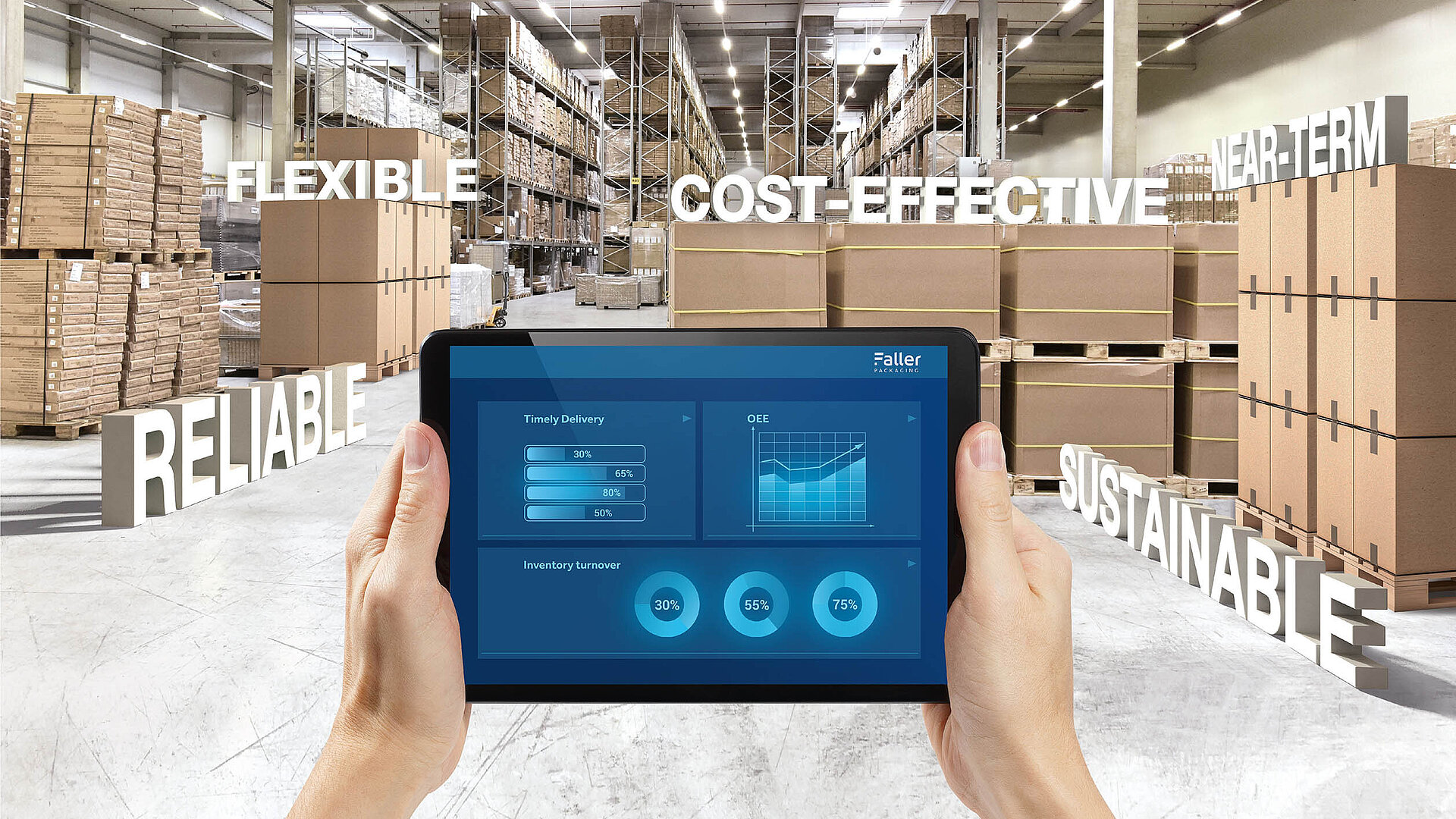Digital supply chain optimisation as the basis for flexible, fast and sustainable procurement of pharmaceutical packaging
New forms of therapy and dosage, increasing individualisation – and enormous time pressure at the same time:complexity along the entire value chain is increasing together with the challenges in the pharmaceutical and healthcare industry.This also has a significant impact on the procurement of packaging.Nils Höpker, Head of Logistic and Demand Management Operations EU at packaging specialist Faller Packaging, explains in an interview how digital supply chain solutions can help to tackle this complexity and make processes faster, more cost-efficient and more sustainable.
Mr. Höpker, the pharmaceutical and healthcare industry has become one of the most important global growth markets in recent decades.Nevertheless, the industry is rather conservative when it comes to trends such as digitalisation and networking.Why is that?
In the past, the production of pharmaceuticals and the procurement of the relevant packaging were relatively easy to plan, because batch sizes were large, item variety was low, ordering cycles were regular, and lead times were sufficiently long. However, this has been changing for some time now, because the variety of products and variants is increasing rapidly due to more and more forms of therapy and dosage as well as the trend towards more individualisation. Population growth and demographic change are creating a growing demand for medications and healthcare products. At the same time, manufacturers must also bring their new developments to market much faster if they are to gain an advantage over the competition. All these factors are pushing the industry’s conventional processes and structures to their limits.
The digitalisation of the supply chain holds huge potential for overcoming these challenges and making production and logistics processes faster, more efficient, more reliable and more sustainable. However, many managers in the pharmaceutical and healthcare industry are only now becoming aware of this. Often, people are unaware of the opportunities and possibilities of the digital supply chain, or they simply fail to fully grasp the scope of the topic. We’re talking here about considerable time and cost savings from which companies can benefit.
“Digital Supply Chain” – that sounds quite futuristic.How do you see this functioning in practice?
Digital supply chain means that all the elements of a supply chain – the flows of materials, products, people and information – are digitally networked, from raw materials to retail customers. In our case, this means that we work much more closely with pharmaceutical companies than before and optimally coordinate all our relevant processes. The basic prerequisite for this is to capture, store, analyse and share all the relevant data that’s generated in the course of value creation. This results in processes being better understood and coordinated, information being used at an early stage, and conclusions being drawn for capacities and scheduling.
For example, we can use forecasts and historical order data to purchase materials early, prepare tools and plan our production accordingly. In turn, pharmaceutical manufacturers can evaluate batch records from their suppliers, for example, and improve the efficiency of their packaging systems with information on material properties. The result: significant improvements along the entire process chain, enabling manufacturers to save time and costs in equal measure.
Faller Packaging has so far played the role of a supplier of pharmaceutical secondary packaging.How does your company support pharmaceutical manufacturers in digitalising their supply chains?
First of all, it’s important to identify a customer’s specific optimisation potential in advance. We do this as part of an in-depth supply chain analysis. We also offer modular supply chain consulting with different service modules. Data analyses and recommendations for action help customers to independently optimise their processes and generate savings. Training courses heighten awareness of how to manage the increasing complexity of today’s supply chains. Companies also receive a detailed action plan and specific savings calculations during on-site processing and data mapping. This creates a partnership-based collaboration with a high level of transparency that makes the procurement process significantly more efficient, cost-effective, dynamic and faster. We assume an operational costs savings potential of around 20%, depending on the application.
If you could see the future, how would the digital supply chain look in your ideal scenario?
In the future, pharmaceutical companies and packaging manufacturers will ideally be long-term partners who have created the foundation for a transparent, comprehensive and continuous data exchange through technical solutions. They can both share this information to capture, visualise and effectively manage the increasing complexity of the supply chain. This will largely be done automatically from a central platform and will integrate all the manufacturing sites involved – including those of third-party suppliers. Between order and delivery, a continuous, information-driven process has been created, one that permanently controls and optimises itself in real time – an intelligent, networked and digital supply chain.
We’re currently focusing a great deal on this topic and have already compiled extensive information about it on our website, where we have an explanatory film and a white paper, for instance. In this way, we offer a particularly good point of contact for companies that would like to take a closer look at the digitalisation of their supply chain.

